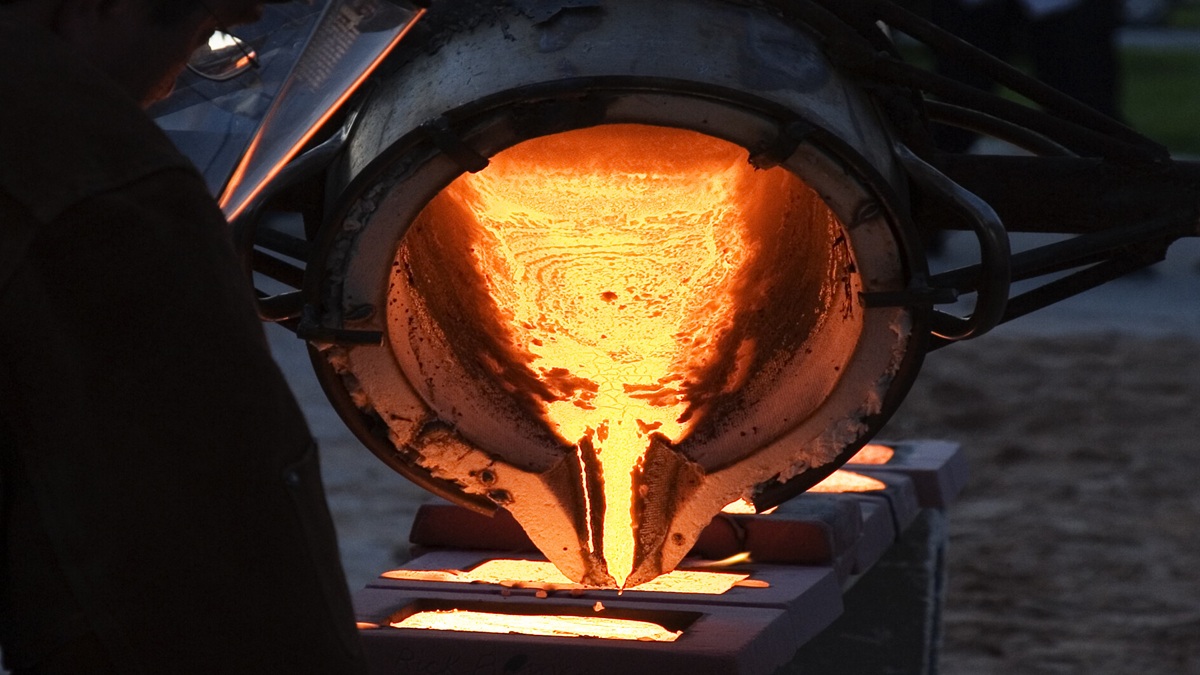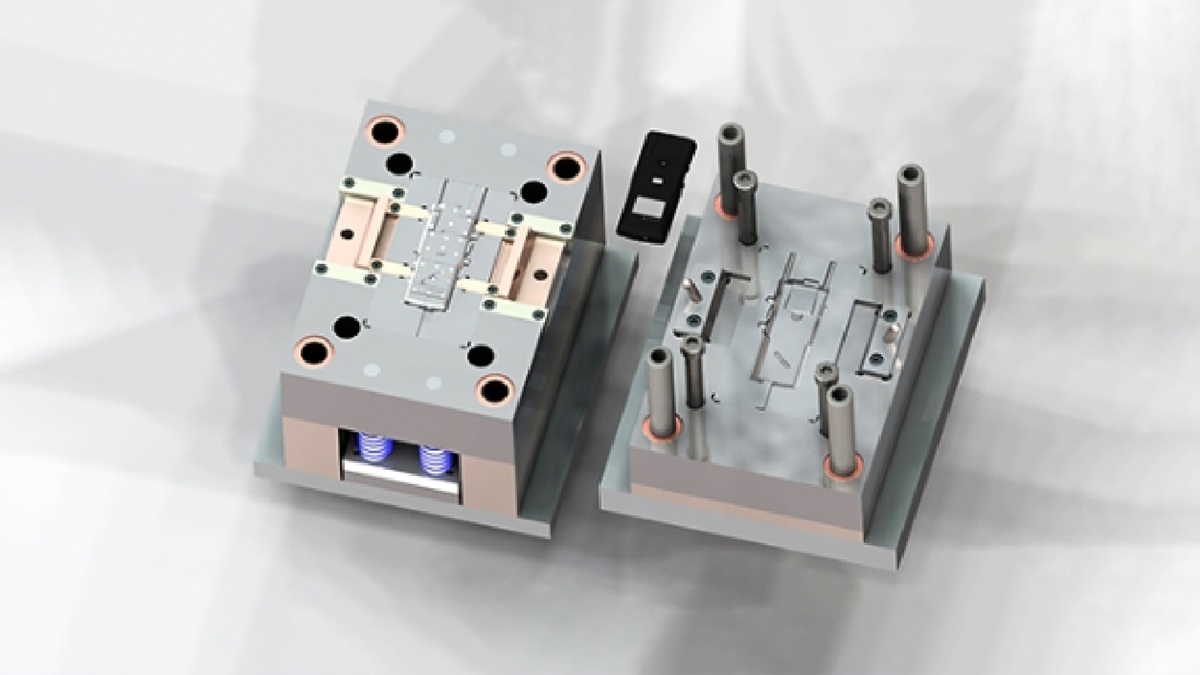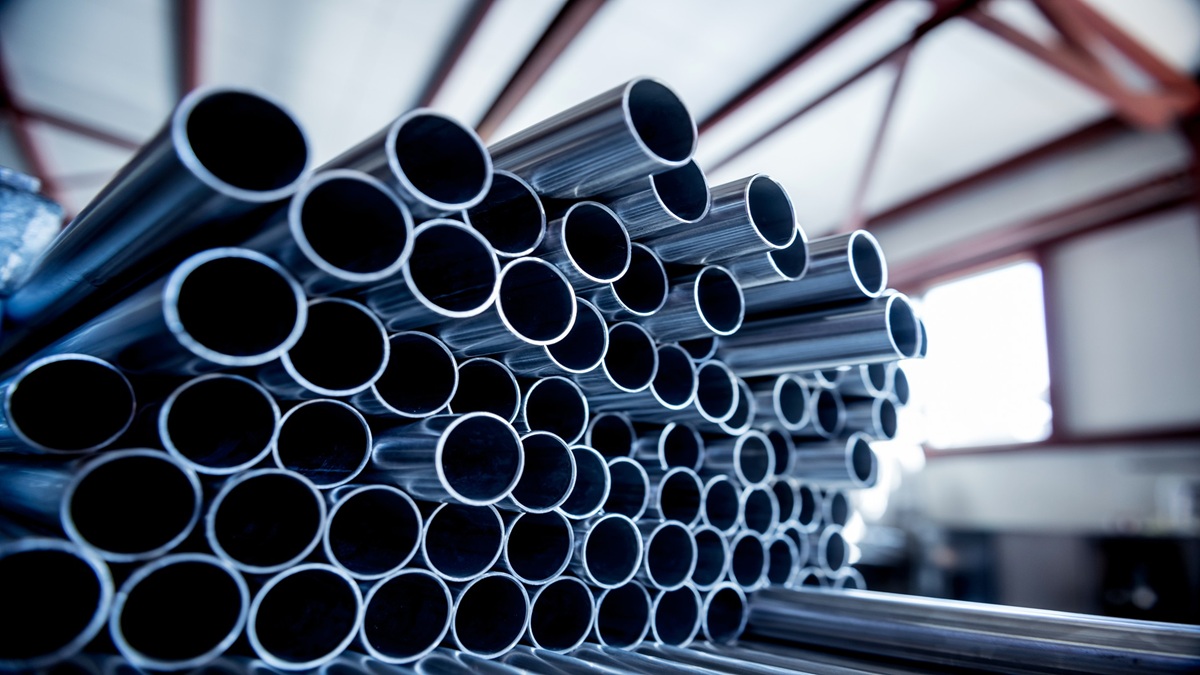Insights
In aerospace, automotive, and high-performance manufacturing industries, advanced alloys (such as titanium alloys and nickel-based superalloys) and composites (such as thermoplastic carbon fiber composites) are becoming mainstream due to their lightweight, high strength, and high-temperature resistance. By 2025, the global aerospace composite market is expected to expand rapidly with an annual compound growth rate of about 13.9%, driven by the demand for environmental protection and net-zero emissions, which will further innovate and apply thermoplastic composite technologies. These new materials present challenges such as high hardness, tool wear, heat management, and processing deformation control, requiring processing equipment to have higher rigidity, precision, and thermal stability. Additionally, the production process's demand for rapid prototyping, modular assembly, and recycling drives the simultaneous upgrading of materials and equipment.
2025-08-13 14:50:48
Although fabric may seem like an ordinary item in our daily lives, its creation involves complex and highly precise processes. From cotton grown in the fields to synthetic fibers produced in factories, each raw material carries unique properties and purposes. Whether it’s the light, airy touch of a shirt or the high protective performance of medical textiles, behind it lies a production chain that spans agriculture, chemistry, and engineering.
2025-08-13 14:54:34
Post-pandemic, remote and hybrid work models have firmly become the “new normal.” Employee expectations for flexibility remain high, and many organizations continue to embrace hybrid operations to boost efficiency and satisfaction. Against this backdrop, enabling remote collaboration that’s clear, high-quality, and easy to use has become a business imperative.
2025-08-13 13:48:03
Though small in size, gears are essential components that keep modern machinery running smoothly. From automotive transmission systems and industrial equipment to high-precision instruments, gears play a crucial role in changing speed, adjusting torque, and transmitting power with accuracy. As we enter the era of Industry 4.0, with the rise of electric vehicle technologies and a growing emphasis on sustainable manufacturing, gear production now demands not only greater precision and strength, but also lighter weight and improved environmental performance. Since its founding in 1999, SHYI CHANG has been dedicated to the machining and manufacturing of precision gears and mechanical components. The company continually invests in advanced equipment from Switzerland, Germany, and Japan, and has earned international quality certifications to meet the strict performance standards of various industries. Through ongoing R&D and the application of new materials, SHYI CHANG is actively adapting to future trends—delivering reliable, forward-looking gear solutions that have earned the long-term trust of clients both at home and abroad.
2025-08-13 12:04:40
As the demand for medical and health care continues to rise, YOHO Medical Enterprise Co., Ltd. (YOHO Medical) leverages its years of professional medical consumables manufacturing experience. It extends the strict standards of professional healthcare to various aspects of life, carefully creating five product lines covering professional medical, mother and baby care, medical beauty care, home and pet supplies, and industrial equipment. YOHO Medical adheres to strict manufacturing standards and excellent quality, continuously meeting diverse market demands and solidifying its trustworthy brand image.
2025-08-13 10:38:10
As CNC machining and precision metal processing continue to grow, machine tools release large amounts of oil mist, atomized coolant droplets, smoke, and fine oil particles during operation. Prolonged exposure to such environments not only endangers operator health but also affects machine accuracy and maintenance costs. Therefore, highly efficient oil mist filtration equipment has become an essential asset in modern machining facilities.
2025-08-13 11:09:38
In industrial machining processes, the generation of oil smoke and fine oil mist is unavoidable. Without effective collection and filtration, these airborne contaminants pose serious health risks to workers, increasing the likelihood of respiratory diseases and occupational illnesses. At the same time, accumulated oil smoke not only pollutes the work environment and degrades air quality but also accelerates wear and malfunction of machinery, resulting in higher maintenance costs. Furthermore, the presence of flammable oil mist increases the risk of fire hazards, endangering factory safety. To ensure stable, safe production that complies with regulations, oil smoke collection systems have become an essential protective measure in modern smart manufacturing—safeguarding employee health while enhancing equipment efficiency and environmental quality.
2025-08-13 10:58:13
Juwei is a leading Taiwanese company specializing in the design and manufacturing of industrial oil mist purification systems and air purification equipment. Committed to developing high-efficiency oil mist collectors, Juwei’s products thoroughly filter oil mist and particulates generated during machining processes, while featuring low power consumption and excellent adsorption efficiency. With extensive experience and technological expertise, Juwei excels in improving industrial air quality, preventing occupational health risks, and reducing equipment maintenance costs.
2025-08-13 10:50:49
The medical industry environment is rapidly changing, where technological innovation and strict regulatory management have become the twin drivers of continuous corporate growth. Cambus Corporation deeply understands the importance of international medical device regulations and the ISO 13485 quality management system, viewing rigorous compliance as a strategic cornerstone for enhancing product quality and market competitiveness. By utilizing a systematic and stringent quality management framework, Cambus successfully transforms compliance challenges into a competitive advantage, effectively helping clients increase product value and accelerate product launch.
2025-08-13 10:34:01
Established in 1987, WELLGROW Industries Corporation has built a solid reputation as a leading manufacturer of stainless steel and carbon steel pipe fittings and valves. Headquartered in Taichung, Taiwan, the company serves a broad range of industries—including sanitary processing, semiconductors, petrochemicals, food and beverage, and construction—by delivering products that meet the highest standards of precision, safety, and reliability. For over three decades, Wellgrow has combined advanced manufacturing capabilities with customer-oriented service, ensuring that every fitting and valve is crafted to withstand the most demanding industrial environments.
2025-08-12 15:21:46
Hot Topic
Agree






.jpg)



